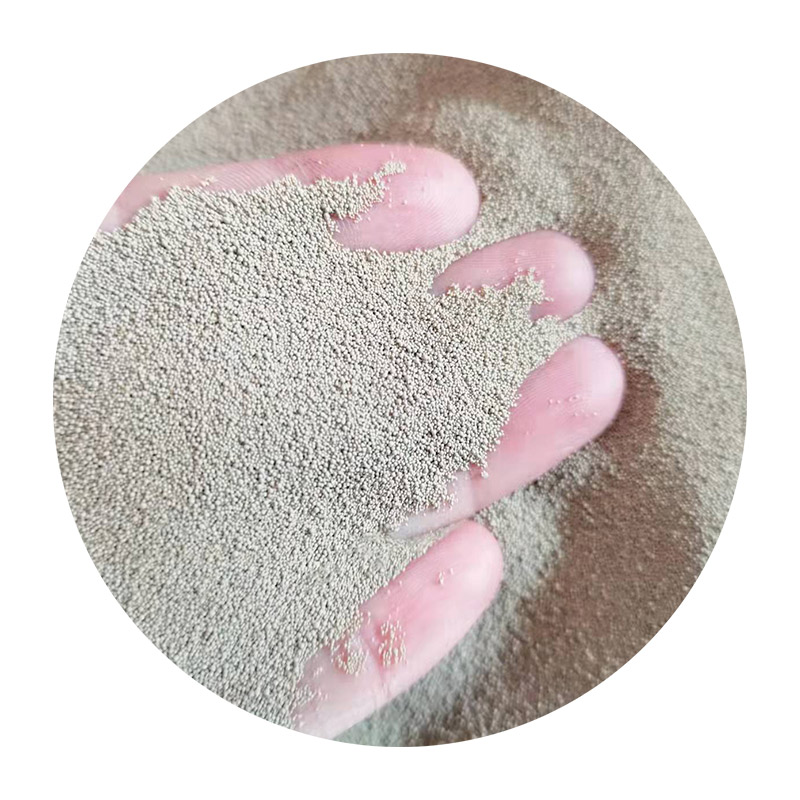Wet Sanding Ceramics A Comprehensive Guide
Wet sanding is a technique widely used in the ceramic arts to achieve a smooth, polished finish on various ceramic pieces, whether they be functional items like bowls and mugs or decorative works of art. This method involves using water as a lubricant to minimize dust and reduce the risk of scratching the surface of the ceramic piece. In this article, we will explore the tools, techniques, and benefits of wet sanding ceramics.
The Importance of Wet Sanding
Wet sanding is crucial for several reasons. First, it allows for better control over the abrasion process, which makes it easier to achieve a desired finish. By using water, ceramists can prevent the ceramic dust from becoming airborne, significantly improving the working environment. Additionally, wet sanding helps to keep the abrasive material cooler, which can prolong its longevity and effectiveness. By minimizing heat buildup, we reduce the risk of damaging the ceramic during the sanding process.
Tools Required for Wet Sanding
To start wet sanding ceramics, you will need a few essential tools
1. Wet/Dry Sandpaper This special type of sandpaper is designed to work well in wet conditions. Common grits range from coarse (around 220) to fine (up to 2000 or higher). Start with a coarser grit to remove imperfections and gradually move to finer grits for a polished finish.
2. Sanding Blocks or Sponges A sanding block can help distribute pressure evenly across the surface, making it easier to manage larger areas. For finer detail work, sanding sponges can be particularly useful due to their flexibility.
3. Water Source Keeping the surface wet is vital. You can use a spray bottle, a small bucket, or even run water through a sponge while sanding.
4. Towel or Cloth You will need something to dry your pieces after sanding. A soft, lint-free cloth is ideal to prevent scratching the surface.
wet sanding ceramics

Techniques for Wet Sanding Ceramics
When beginning the wet sanding process, ensure your workspace is clean and free from any debris that might scratch the surface of your ceramics. Here’s a step-by-step guide
1. Preparation Allow your ceramic piece to dry completely if it has just been bisque fired. Once it is fully dry, inspect the surface for imperfections such as bumps, scratches, or uneven areas.
2. Wet the Surface Liberally apply water to the area you intend to sand. This helps to keep the dust down and facilitates the sanding process.
3. Start with Coarse Grit Begin with a coarser grit sandpaper to remove larger flaws. Use light, even strokes, and keep the area wet throughout the sanding process. Too much pressure can cause damage, so let the sandpaper do the work.
4. Gradually Move to Finer Grits Once the major imperfections are addressed, switch to a finer grit sandpaper. Repeat the wet sanding process, ensuring that the ceramic surface remains lubricated with water.
5. Final Touches After finishing with the finest grit, rinse the piece thoroughly to remove any residue, and dry it gently with a cloth.
Benefits of Wet Sanding
The benefits of wet sanding ceramics are multifold. First and foremost, it leads to a smoother finish, which is especially important for functional pieces that will be handled frequently. Additionally, wet sanding allows artisans to achieve high levels of detail without risking damage to the underlying surface. The process also enhances the visual appeal of glazed ceramics, providing a polished and professional appearance.
In conclusion, wet sanding ceramics is an essential technique for artists and DIY enthusiasts alike. By using the right tools and following proper techniques, it's possible to create beautifully finished pieces that showcase the intrinsic beauty of ceramics. Whether you're a beginner or an experienced ceramist, mastering the wet sanding technique can significantly impact the quality of your work, leading to more satisfying results in the art of ceramics.
Post time:Nën . 19, 2024 06:34
Next:Exploring Various Products Crafted Through Sand Casting Techniques in the Manufacturing Industry
